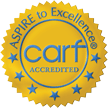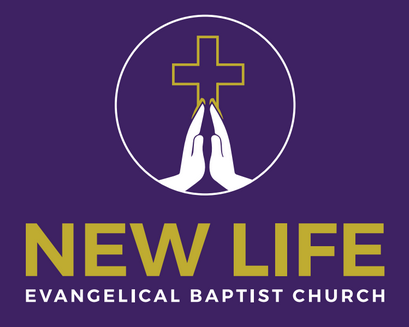Methadone Clinics Are A Vast Benefit To The Community
(Fifth in a series of reports from the front line of the battle against heroin.)
Yesterday, I discussed why so few heroin addicts have any interest in sustained treatment. Getting them into treatment is the key to rescuing the community from their crime. Clinics like Turning Point, and the “bad” clinic in particular, can be an enormous benefit to the community, but only if we get MORE bad patients into treatment.
We know that every time we see a patient drink his or her methadone, that that patient is not abusing his or her family, or robbing or burglarizing those in the community. Many of our patients at Turning Point do not show up for treatment around the first of the month. That’s when welfare checks come out. One way or the other, directly or indirectly, we must all understand that the government “buys” much of the illegal drugs in the inner-city. What is the famous quote, “We have seen the enemy, and he is us!” How true! Whether a patient, having run out of government money, seeks medication a few times a month out of a desire not to rob or burglarize, or whether simply to avoid withdrawals, the point is the same. The benefit to the community due entirely to the presence of a conveniently located methadone clinic is vast!
But that benefit is also invisible. No one in the community knows that he/she did NOT get robbed that day because patient John Smith was medicated at the local methadone clinic a few hours earlier. As a very good friend likes to tell me, “You don’t know what you don’t know.” How true! And so it is with the community and the usually invisible benefits of methadone treatment.
Unfortunately, what IS visible is that addicts tend to line-up early for treatment, and/or hang around the community afterwards, due largely to the fact that they simply have nothing else to do. This is not something that city officials, policy makers, or those who run methadone clinics can ignore. It is more than just a little disconcerting to come out your front door and find a heroin addict sitting on your steps. He or she is probably just sitting there, causing no particular trouble, but that hardly mitigates the issue.
There is no obvious or easy solution to the loitering problem, which is the genesis of community opposition to such programs. Neither the police nor clinic managers can simply (and effectively) demand that patients get on the bus and leave. But each has a proper role in addressing this issue: Clinic managers must threaten (and institute) disciplinary measures, and the police must maintain a continuous presence. At Turning Point, we try diligently to address these issues, but there is no perfect solution. It is vital, nonetheless, that communities, as much as possible, learn to accept the presence of current and new methadone clinics. Communities need to be educated, and often I think, as to the invisible benefits these programs surely produce.
Let’s remind ourselves once again of the clear and compelling benefits that two clinics, but especially the bad clinic, produces: These patients show up for treatment PRECISELY when and because they would otherwise be robbing or burglarizing that day. There are not very many of them who would choose instead to endure withdrawals. It is imperative that sufficiently many clinics exist, and with convenient access and long hours of operation to accommodate these “bad” patients. One could surely and better describe them as well-intentioned patients, because, although they are not interested in ceasing drug use, by seeking medication they are demonstrating that they do not want to victimize someone. “Bad,” then, is hardly the best word to use, especially since their willingness to seek treatment instead of committing crimes is the community’s ONLY hope!
The key element in having treatment available “on demand” for these “bad” patients is streamlining the new intake process. I suspect Turning Point gets these people in and out as fast as anyone else, and without an appointment, but it still takes hours. Well, “hours” is an eternity to a suffering addict. We tried three years ago to persuade an uninterested State of Maryland and Health Secretary to permit some such streamlining. Their response was to the effect that if we did as we proposed, they would close the clinic! (Sometimes, when people wonder why Baltimore is labeled the “Heroin Capital of the World,” I don’t know whether to laugh or cry, because the answer is simultaneously laughably obvious, and yet pitifully depressing.) I am hoping that the housecleaning in Annapolis that the voters initiated in November might make possible a more receptive attitude on this matter when we raise it again with the State.
Conclusoin: The community must begin to recognize the true benefits methadone clinics provide, warts and all. Ending such ignorance must be part of the Substance Abuse Treatment Reformation, which I will ask Governor-elect Hogan to diligently pursue.
Tomorrow, I want to describe another “benefit” that the bad clinic offers, potentially at least. It represents an opportunity to get these patients, not only into drug treatment, but into primary and urgent care as well. I am going to guess that doing this, for Turning Point’s present patient population alone, can save Medicaid $20MM a year, by avoiding emergency room visits by our patients. This strategy is something I call “Directed Care.” A better name might be “Street Smart Medicine.”
Rev. Milton E. Williams
President, Turning Point Clinic
Sr. Pastor, New Life Evangelical Baptist Church



